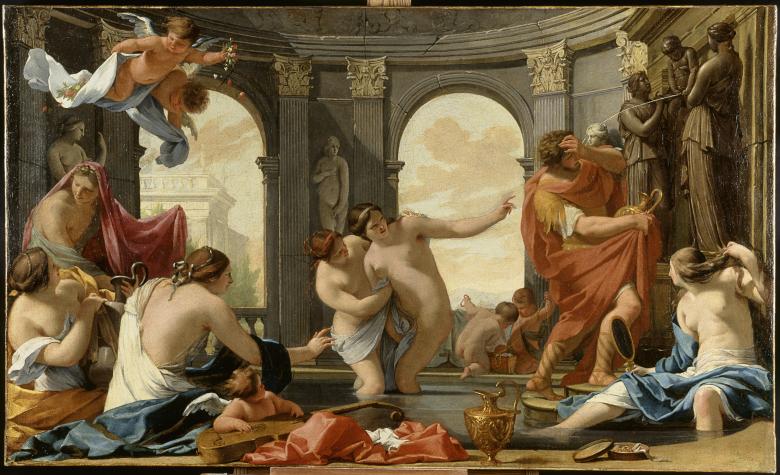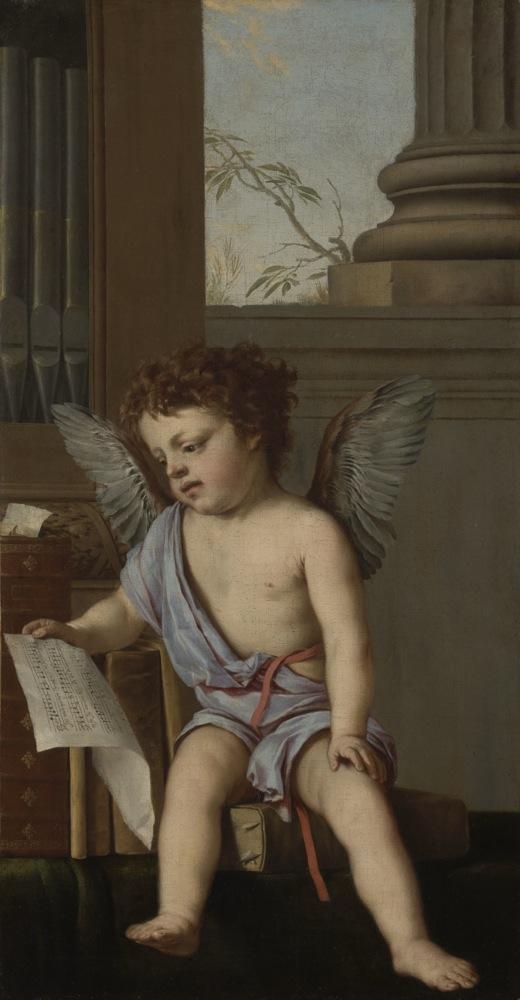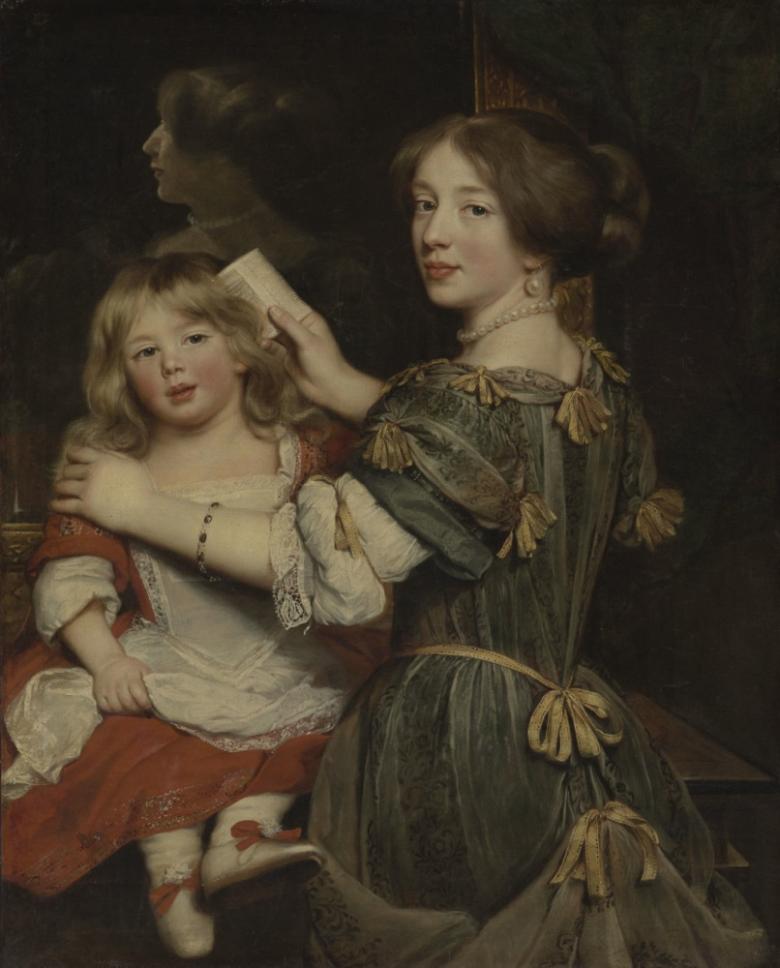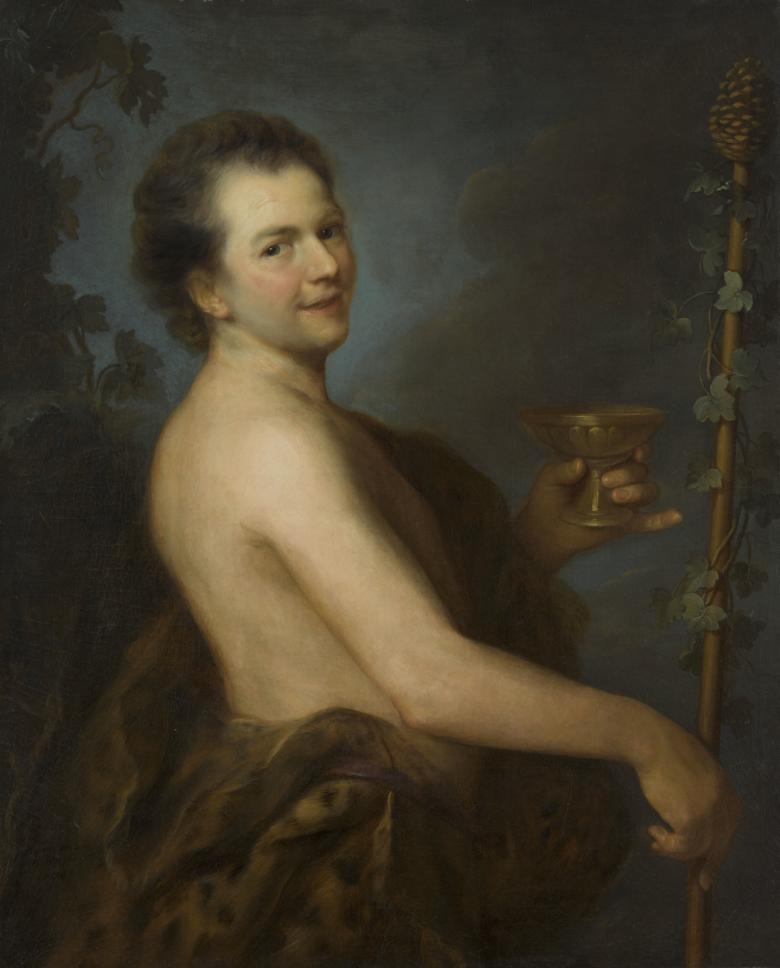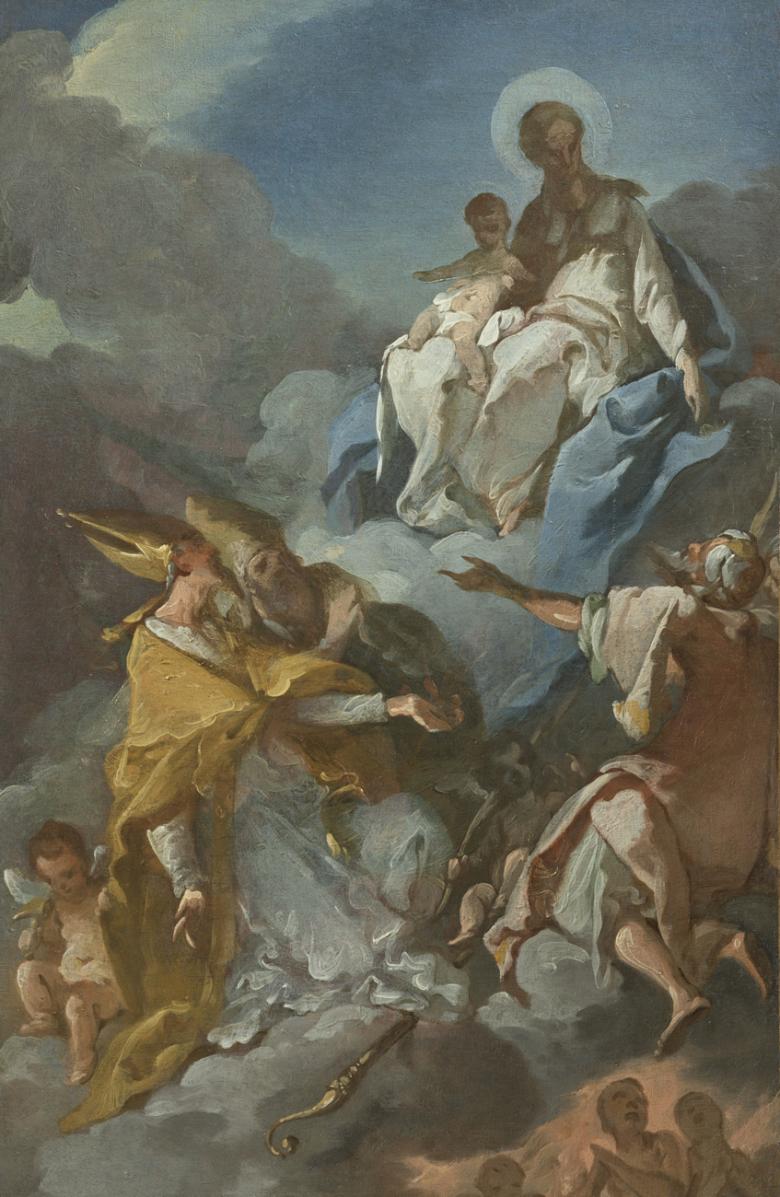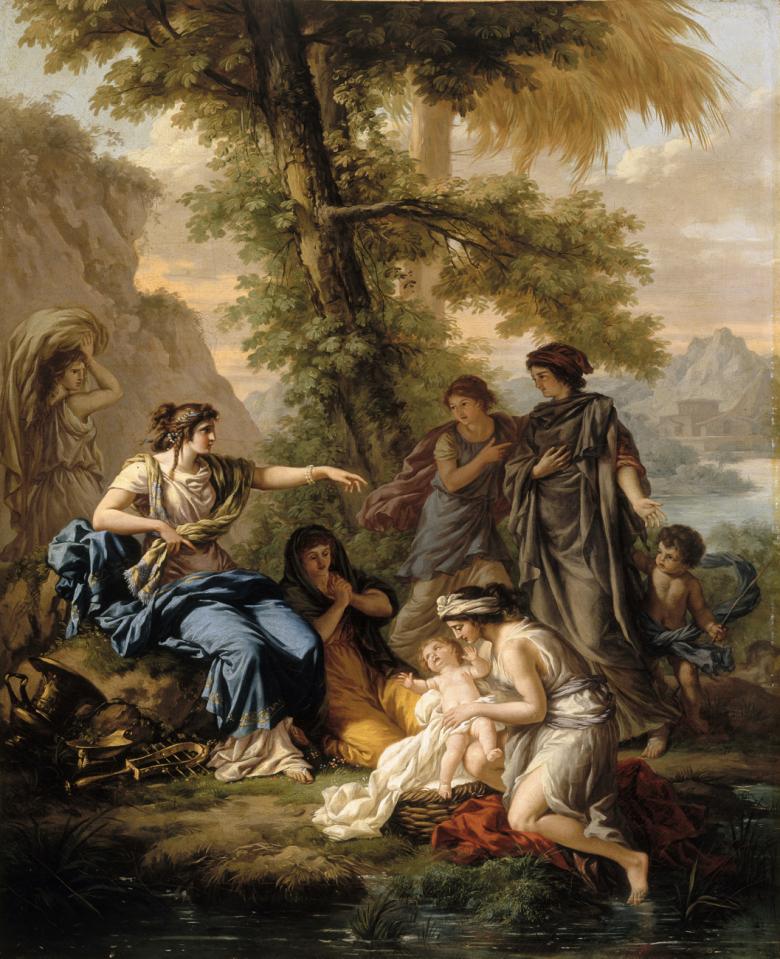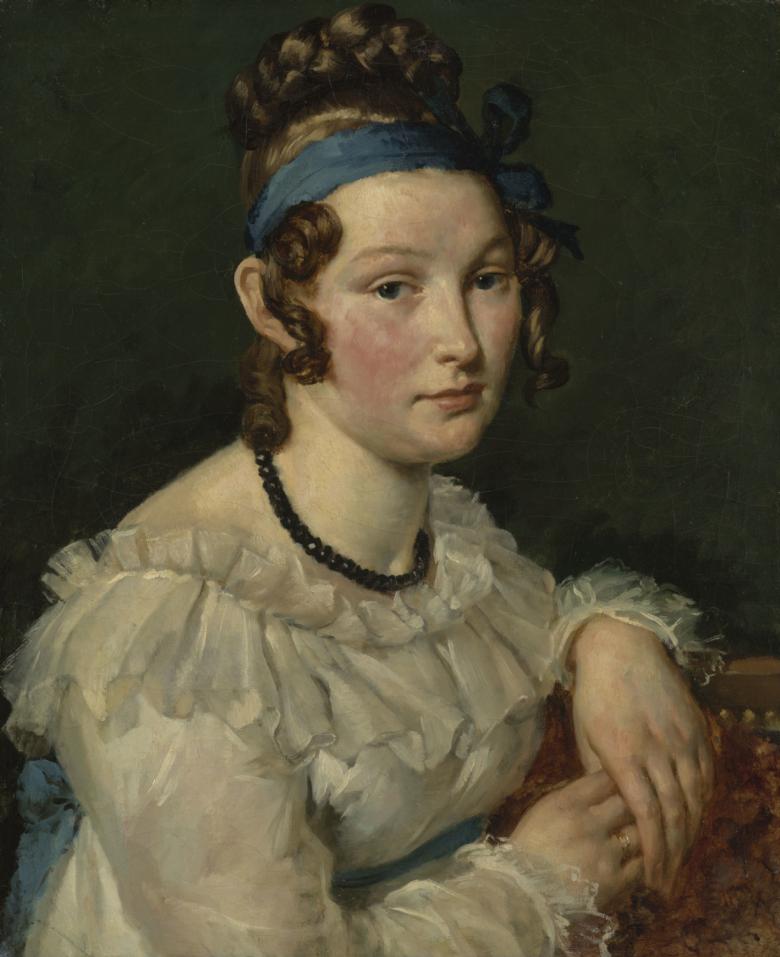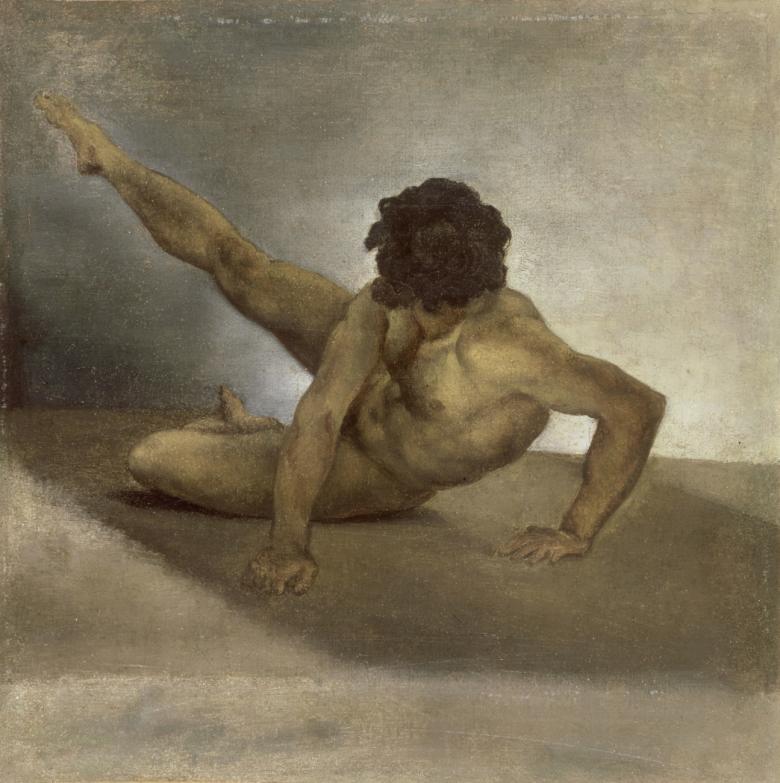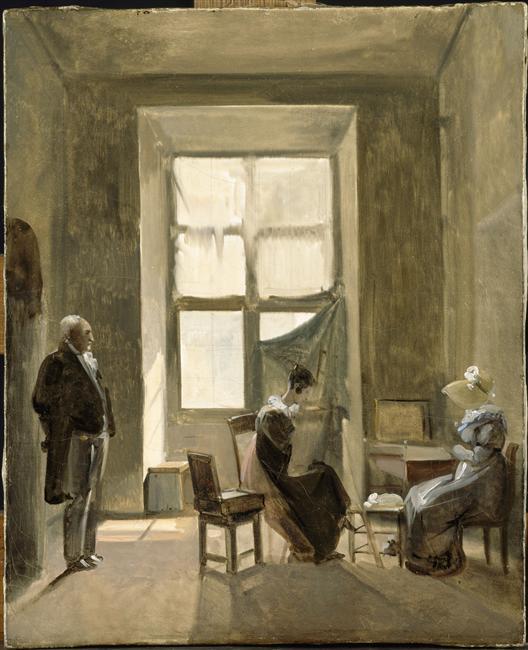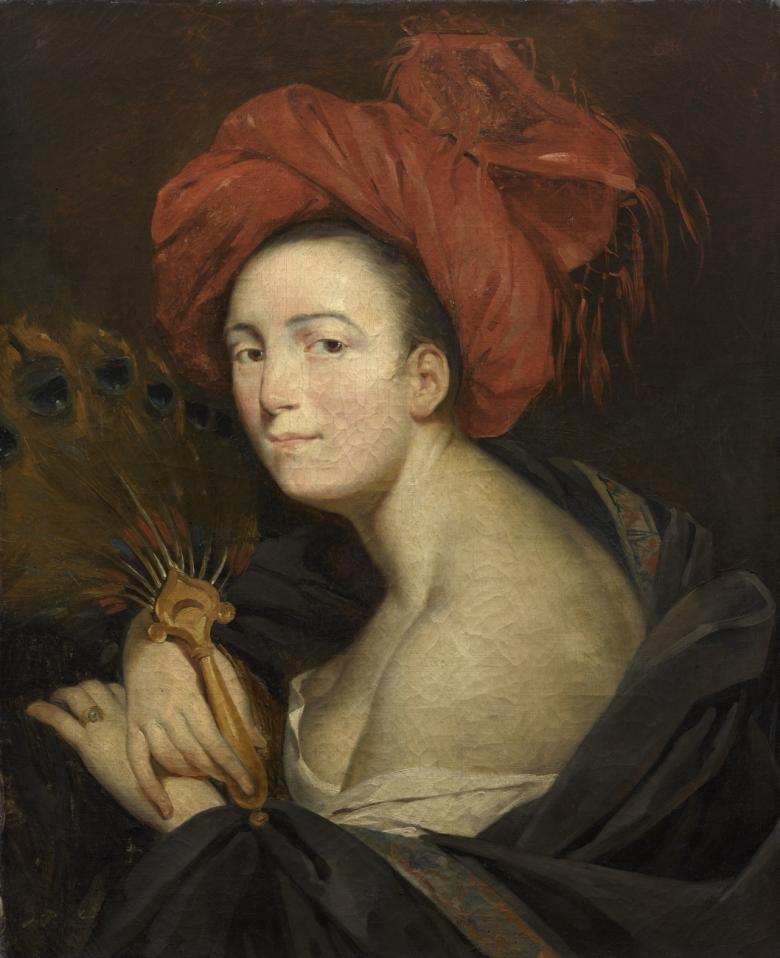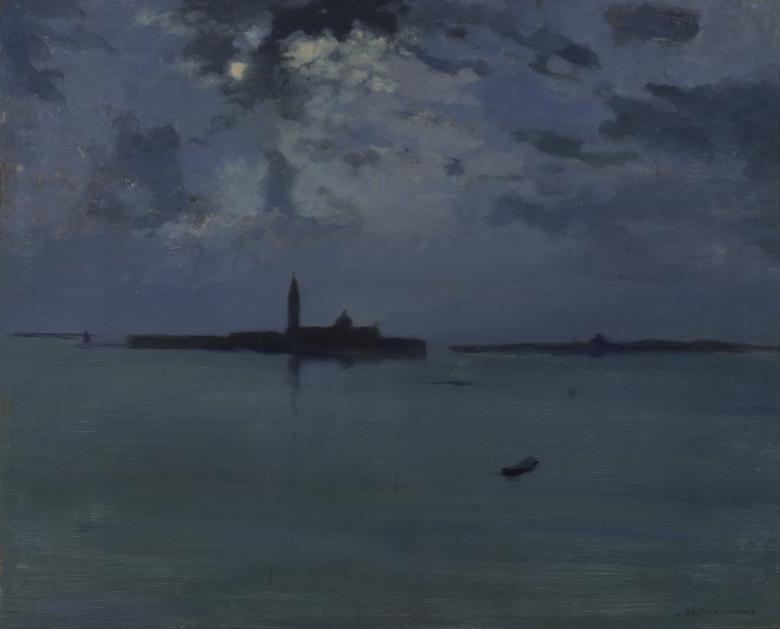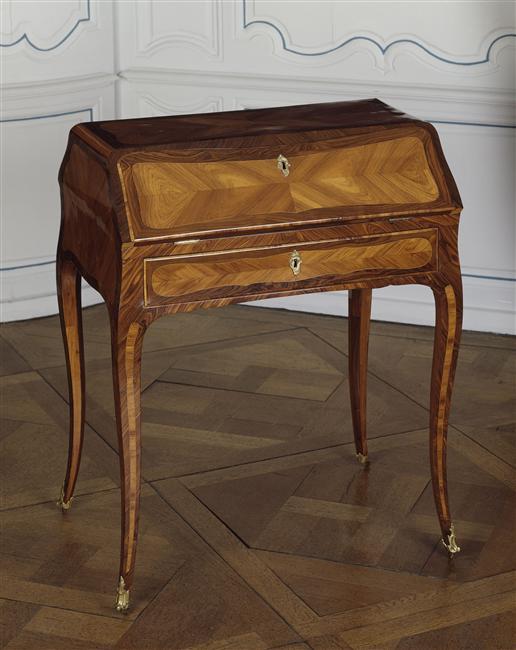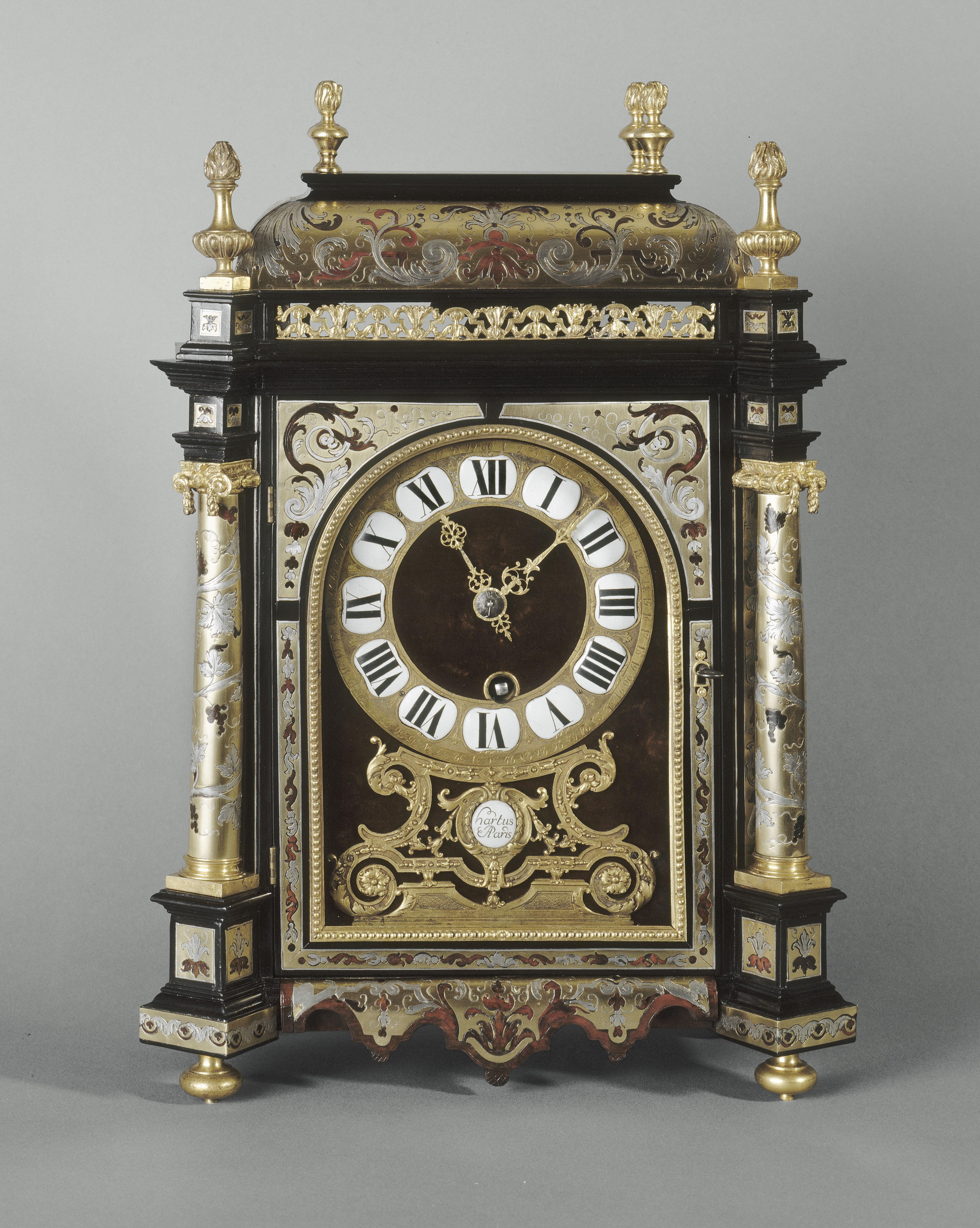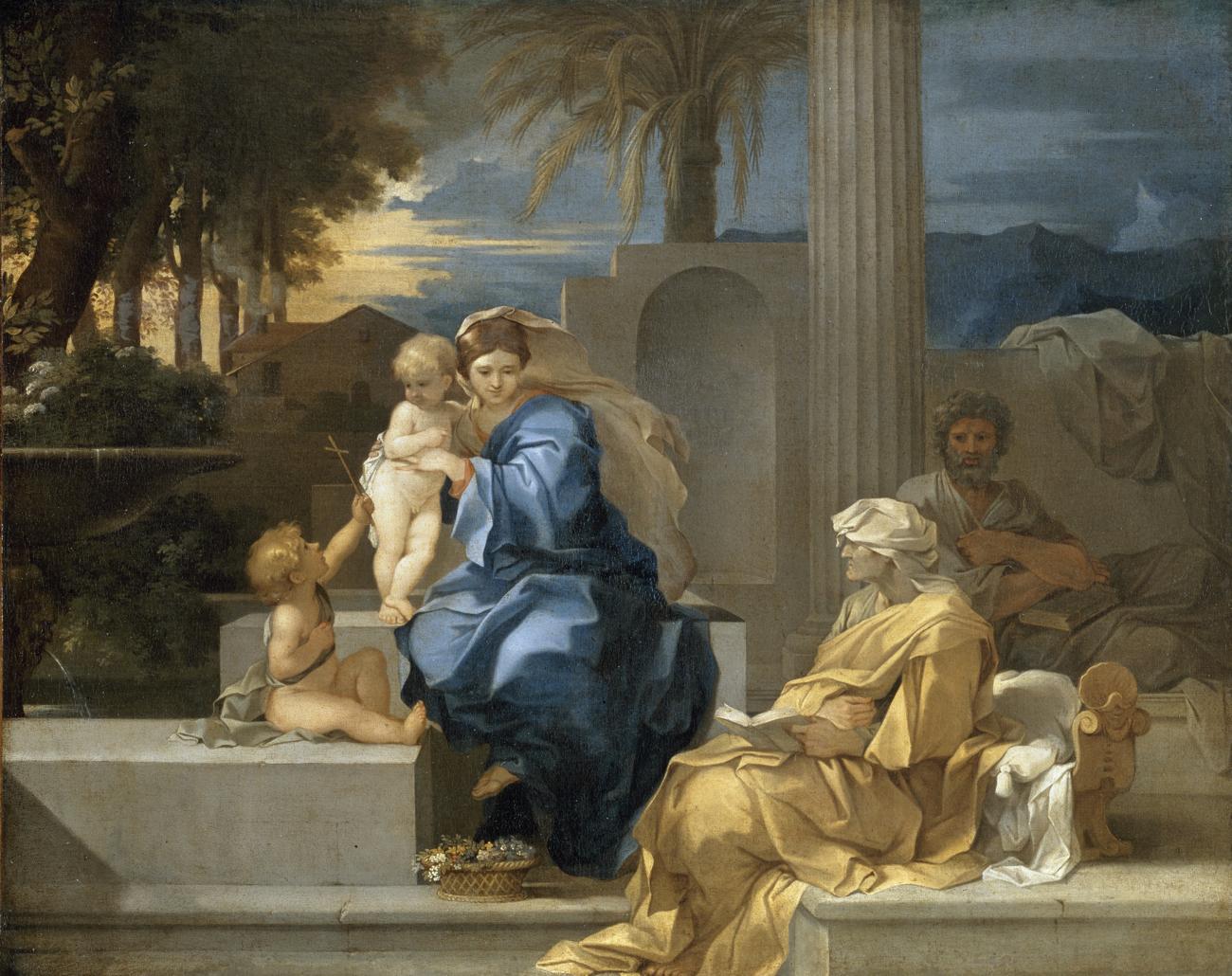
The French School
With 650 pieces, the French School makes up half the collection of paintings. Although in terms of numbers the works are evenly spread throughout the period of classical art, the highlights of the collection are concentrated into the years 1630-1650 on the one hand, and the early 19th century on the other.
The Magnins took a particular interest in several painters who were working during the period of Mazarin. “Parisian Atticism” refers to a pictorial tendency towards a balanced composition, carefully spaced light colours, a search for sobriety, gentle movement and elegant forms and gestures. These characteristics are found to a greater or lesser extent in the paintings by Le Sueur, Dufresnoy, La Hyre, Bourdon and Dorigny in this period. Other artists moved away from this aesthetic and were more influenced by Italian painting (Baugin, Régnier), or expressed other artistic trends of the Grand Siècle (Vignon, van der Meulen).
Focusing on periods of transition, the Magnins represented the end of 17th century and beginning of the 18th century with artists from the end of Louis XIV’s reign: Patel, La Fosse, Bon Boullogne. Their interest in the sketch at its best is revealed in the small works by Amand, Deshays and Dandré-Bardon. The meticulous aesthetic of Bardin and Lagrenée heralded Neo-Classicism.
Around 1800, the influence of David can be seen in the preparatory works of Lethière, Picot, Meynier, Fabre, Gros and Drolling. The transition of landscape painting to a genre in its own right was ensured by Lantara and Bruandet, and subsequently by Georges Michel. The most beautiful landscape in the collection, now attributed to Houel, an evening view brought to life with a diagonal composition, infused with poetry. As for 19th century landscapes, the Magnins again chose originality: Girodet’s unusual small Italian landscapes followed those of Grailly, Chifflard, Bénouville and Margottet. The idea of an “amateur art collector’s cabinet of curiosities” was established in the intimist paintings of Granet, Eugène Devéria and Trouvé. The great era of classical 19th century painting is not overlooked: the history paintings by Delaroche and Évariste Fragonard, portraiture, taken to a high level by Guérin and Dubufe, and the orientalism of Berchère, Dauzats and Belly.
